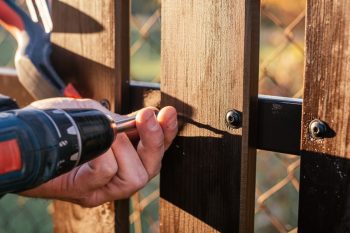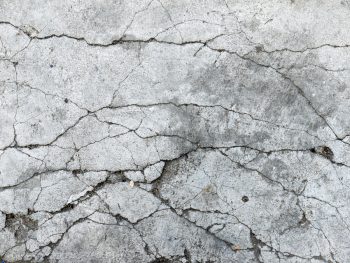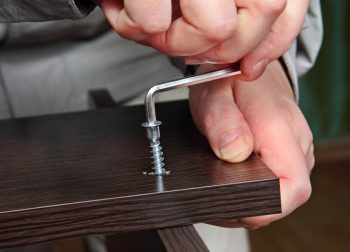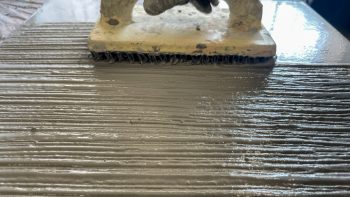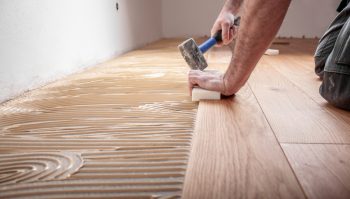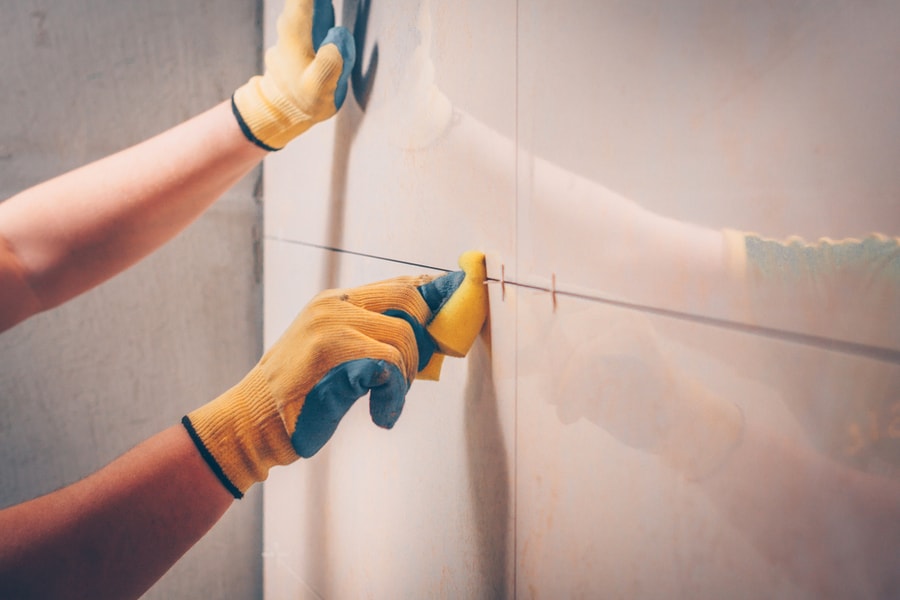
Super glue is a vital item in every DIY enthusiast’s arsenal. It is an excellent adhesive when working on DIY projects or repairing things around the house, such as a broken porcelain decor piece.
Super glue is an acrylic resin that reacts with the moisture on any surface you apply it on. It rapidly heats and bonds the materials before cooling to form a durable plastic mesh.
Unfortunately, super glue will form the same strong bond when it accidentally spills on your tiles. It is best to clean it immediately if it spills on your tiles because it gets hard to remove once it dries up.
Luckily, you can use products such as nail polish remover that you might have at home and others such as rubbing alcohol which you can buy from a nearby drug store, to effectively remove the super glue without damaging your tiles.
- Super glue forms a durable plastic mesh by reacting with the moisture on any surface you apply it on. It rapidly heats and bonds the materials before cooling.
- To remove dried-up super glue, you must break that bond so it can disintegrate and become easy to clean.
- The most effective way to remove dried-up super glue from tiles is to use 100% pure acetone.
- Other effective methods to remove super glue from tiles include using rubbing alcohol/ isopropyl alcohol, WD-40, paint thinner, adhesive remover, or citric acid.
This article discusses effective ways to remove super glue from tiles. Most of the approaches can be helpful when dealing with ceramic, porcelain, or marble tiles.
Eight Ways To Remove Super Glue From Tiles
When super glue spills onto a tile, it forms a strong bond with it and is visible as a hard plastic-like patch. While cleaning the super glue immediately after it spill is best, you usually won’t be as lucky to notice the spill.
To remove dried super glue from the tile, you’ll need to break its bond with the tile and then wipe off the residue to prevent it from drying again.
Let’s look at how you can disintegrate the bond between the super glue and the tiles.
- It is vital to do a patch test before using any chemicals on your tiles. To patch test, use a reasonable amount of the product on an inconspicuous part of your tiles to see how the product affects them.
- It is best to wear gloves and protective goggles when using chemicals to remove super glue. Some products might cause burns or irritation if they spill on your skin.
1. Use a Scraper or Razor Blade
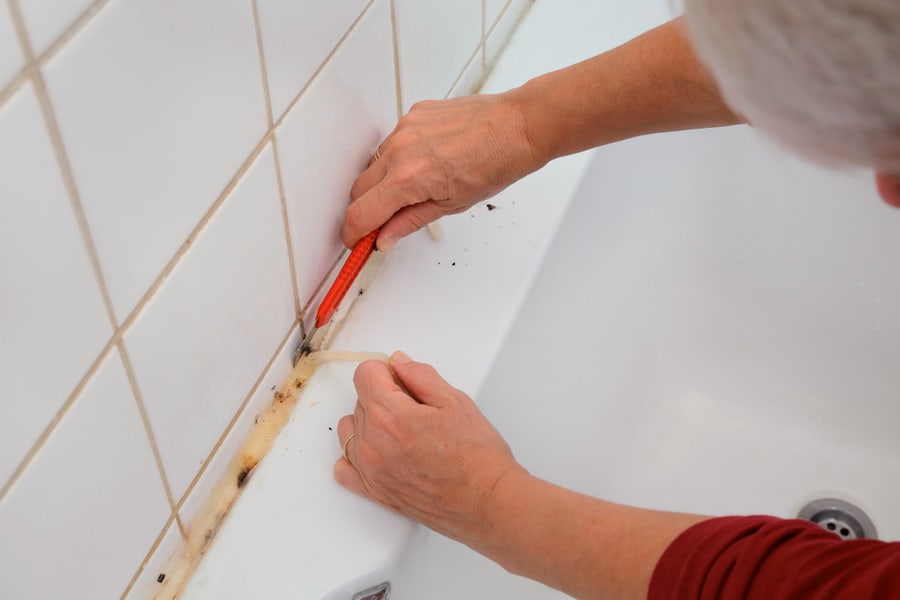
You can attempt removing the super glue using a scraper or razor blade before advancing to more complex methods. To remove the super glue from a tile, wet a towel with hot water, place it over the affected area, and leave it for a few minutes. Slant the scraper or razor blade at an angle almost parallel to the ground and scrape the glue off the tile.
Sometimes, this enough is enough to remove super glue from a tile. However, if it does not remove the glue, you can try other methods in this article.
2. Acetone
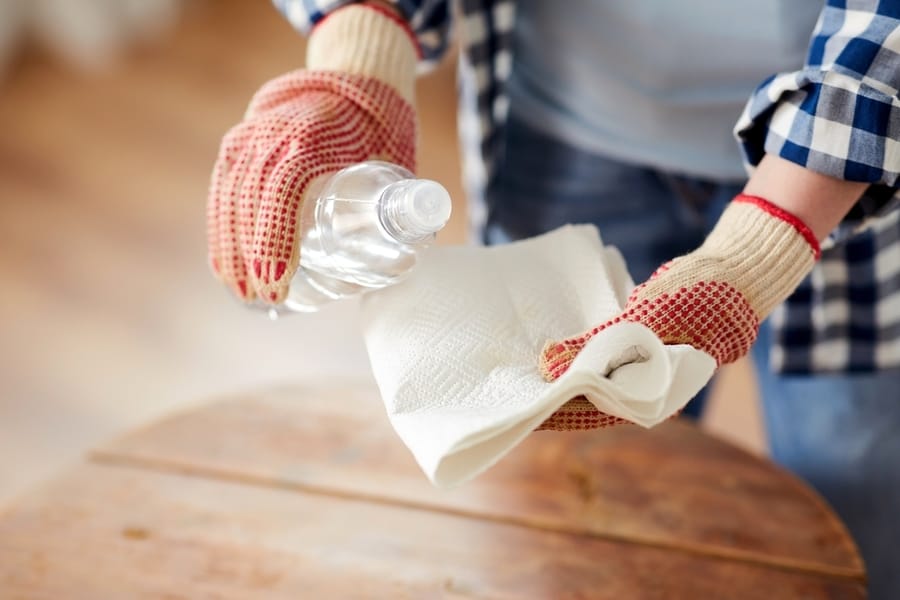
Acetone is present in nail polish remover. However, using 100% pure acetone is more effective. You can buy pure acetone from a drugstore.
Pour a small amount of acetone onto the tile and scrub gently using a scouring pad or a cloth. The acetone will loosen the glue and make it easy to wipe off. If the super glue doesn’t come off, you may have to leave the acetone on the tile for 15-20 minutes.
However, to prevent it from evaporating, consider wetting a paper towel with acetone and placing it on the patchy spot. Afterward, cover the paper towel with plastic wrap and tape the wrap around the corners
After the minutes have elapsed, remove the wrap and paper towel, scrub off the super glue, and then clean the surface with detergent to remove the acetone and residues of the glue.
Repeat the steps if the super glue is still stubborn.
3. Adhesive Remover
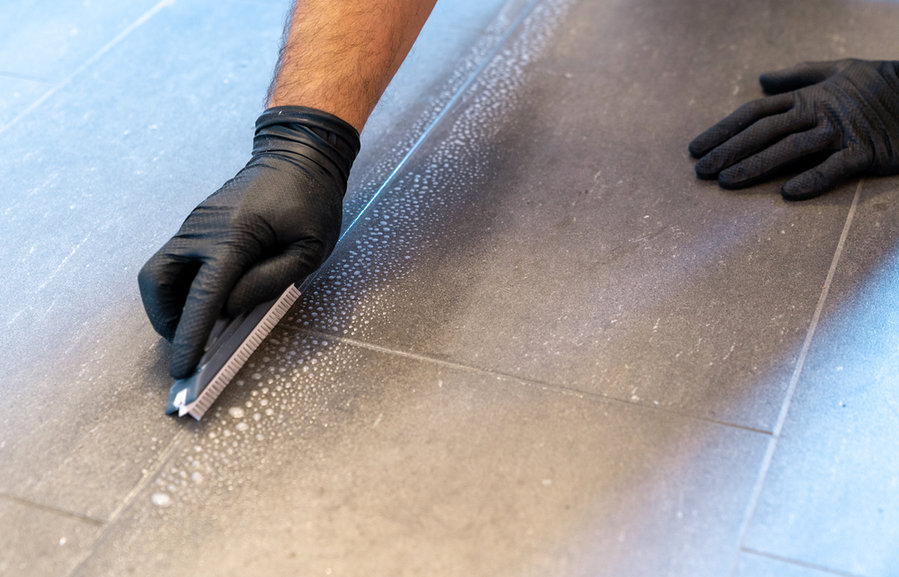
You can also consider using an adhesive remover like Goo Gone, which you can buy from a hardware store. To use the adhesive remover to remove super glue from a tile, spray a generous amount of the product onto the affected patch.
Leave the adhesive remover on the tile for several minutes, then use a scraper, a razor, or an old credit card to dislodge the loosened super glue.
Repeat if necessary until you’ve removed all the superglue. Afterward, clean the surface with detergent and water to remove the residue and adhesive remover.
4. Isopropyl Alcohol/ Rubbing Alcohol
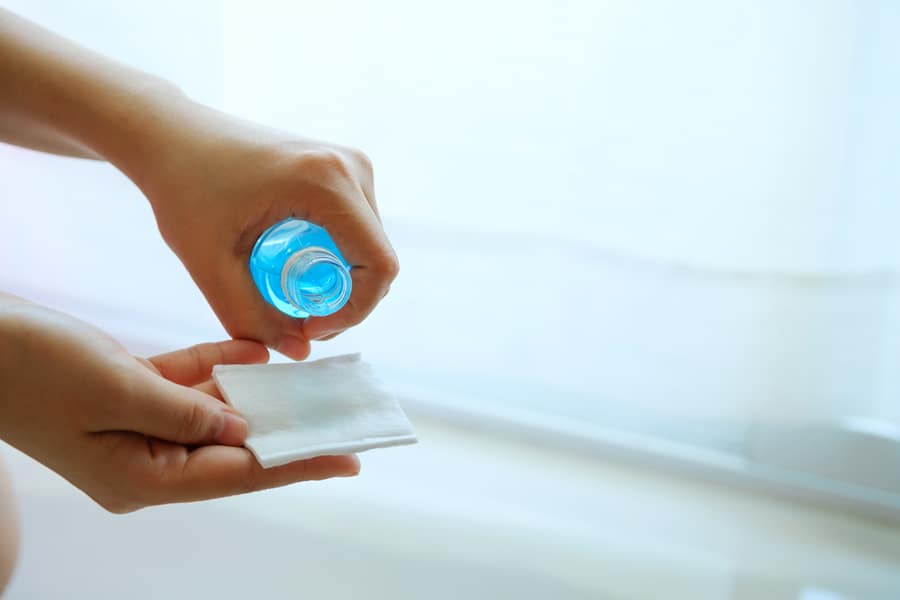
You can dissolve super glue on a tile using isopropyl alcohol which is often packaged as rubbing alcohol. However, getting it in its purest form might be more effective.
To use isopropyl alcohol to remove super glue from a tile, saturate a cotton swab with the isopropyl/ rubbing alcohol and apply it to the super glue patch.
Leave the solvent on the patch for a few minutes and protect it from evaporating. Then use a scouring pad or soft-bristled brush to dislodge the glue. Afterward, clean the tiled surface with a microfiber cloth and water-detergent solution.
5. Paint Thinner
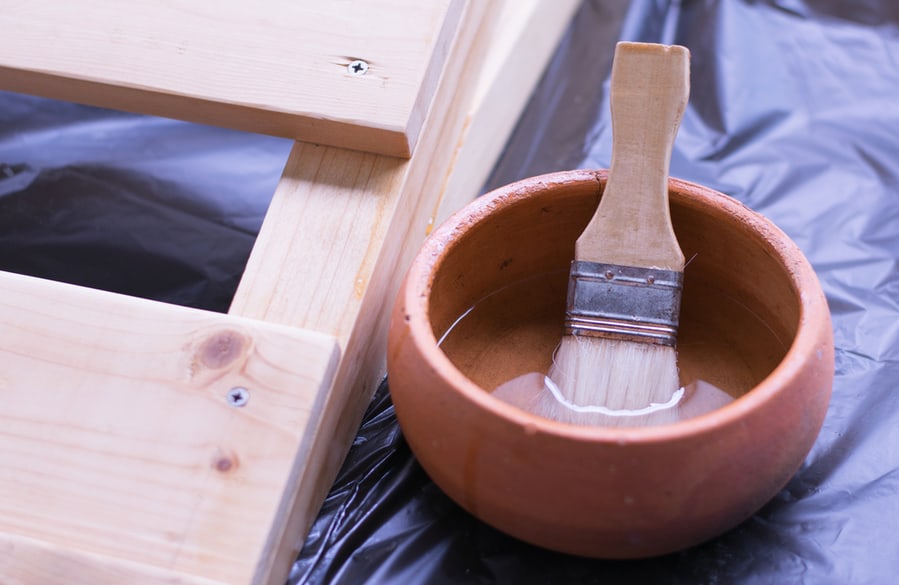
Since it’s a solvent, paint thinner can dissolve super glue, making it easy to clean from tiles. You can saturate a cotton swab or paper towel with the thinner and then apply it to the glue patch. Cover the patch to prevent the thinner from evaporating and let it sit on the glue for about 15- 20 minutes.
Scrub off the glue using a scouring pad and clean the surface using water and detergent.
6. Citric Acid/ Lemon Juice
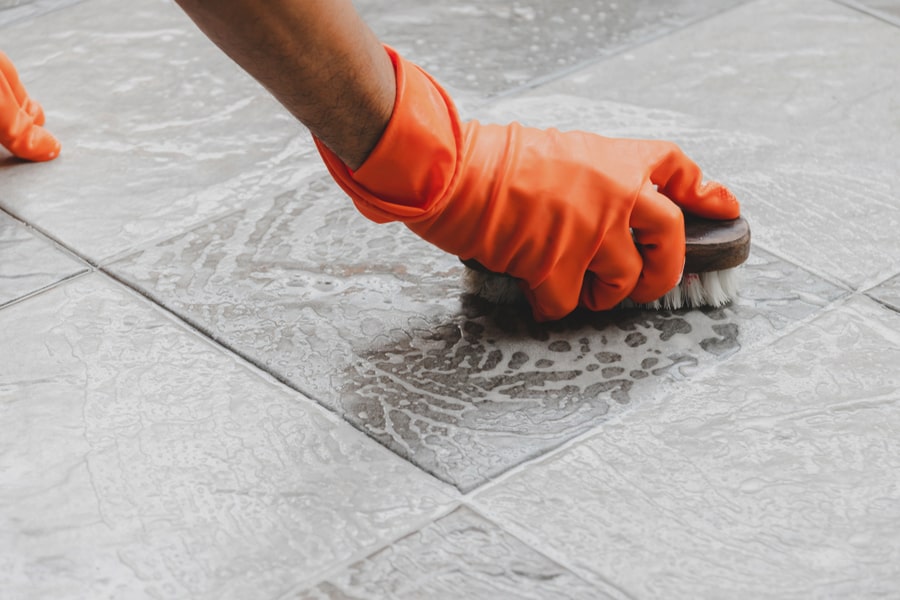
The citric acid in lemon juice can break the bond formed by super glue, making removing it from a tile easier. This approach, however, is best when working with small patches of super glue. To use this approach, pour or spray a small amount of freshly squeezed lemon juice onto the super glue patch and leave it for 15-20 minutes.
Use a soft-bristled brush or an old toothbrush to scrub the super glue. The super glue will begin to flake and detach from the tile. Repeat the process if necessary, then clean the surface to remove the excess lemon juice and the super glue residue.
7. Vinegar
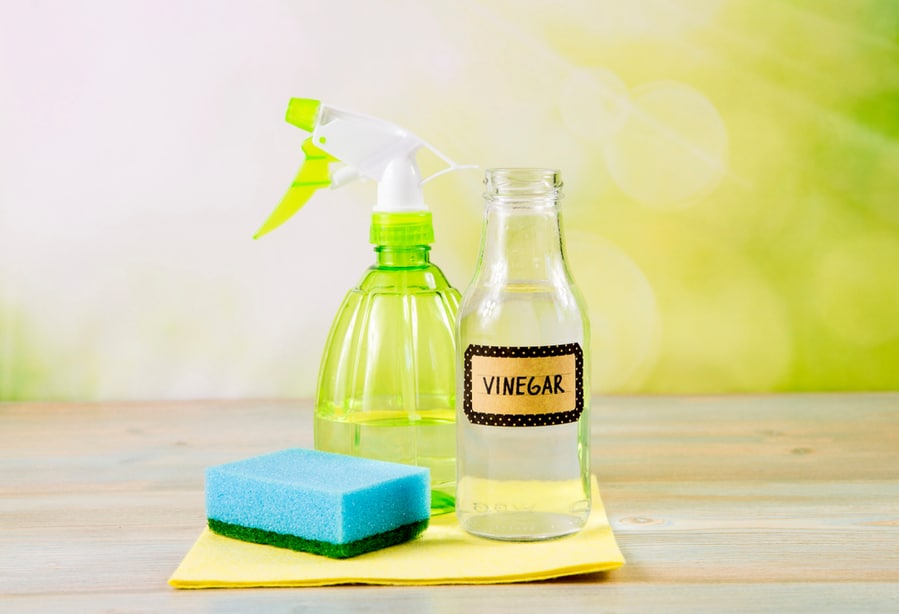
Distilled white vinegar can break the bond of super glue. However, vinegar is not as effective as acetone. To use vinegar, spray a generous amount over the dried glue and leave it for 15-20 minutes.
Afterward, use a razor blade or putty knife to remove the loose glue and clean the surface.
8. Wd-40
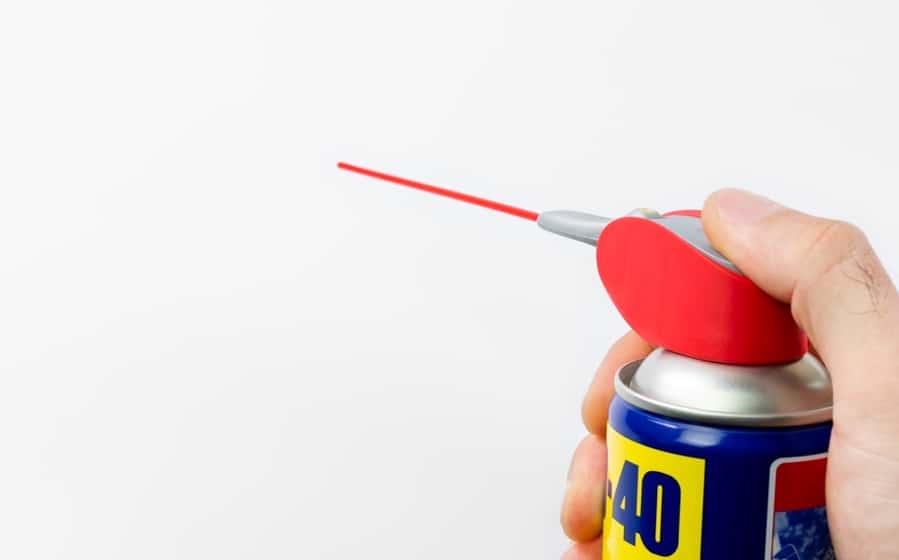
WD-40 is a great lubricant, but you can also use it to remove super glue from tiles. Spray a generous amount of WD-40 on the dried glue and leave it for about five minutes. Repeat if necessary, and then use a scraper to pick up the loosened super glue.
While some products, such as lighter fluid and gas, can dissolve super glue from a tile, it is critical to avoid using them because they are highly flammable.
Conclusion
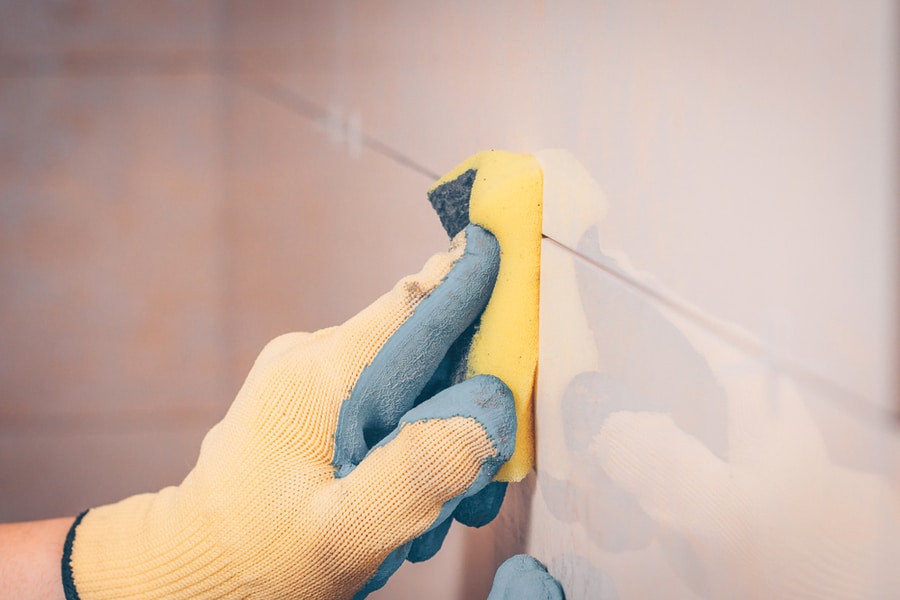
With a bit of patience and the right products, you can remove super glue stains from tiles without damaging them. However, it is vital to do a patch test to ensure that the solvent you’ve chosen will not ruin your tiles.
We hope that by reading this article, you’re well equipped to remove super glue stains from your tiles, and you’ll enjoy your DIY projects without the fear of spilling super glue onto your tiles.
Frequently Asked Questions
Can I Use Vinegar To Remove Super Glue From Porcelain Tiles?
Yes, you can use vinegar to remove super glue from porcelain tiles. However, vinegar is not as effective as acetone in removing super glue.
Can Toothpaste Remove Super Glue From Tiles?
No. Toothpaste is only effective for removing super glue from glass surfaces but not from tiles. Instead, try using acetone or rubbing alcohol.
Which Is the Most Effective Way To Remove Super Glue From Tiles?
Acetone is the most popular and effective way of removing super glue from tiles. While you can use nail polish remover, which contains acetone, it is best to use 100% pure acetone since it’s more effective.
You can also try other methods, such as rubbing alcohol/ isopropyl alcohol, WD-40, paint thinner, adhesive remover, or citric acid.
